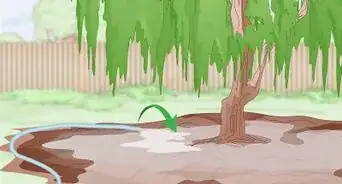wikiHow is a “wiki,” similar to Wikipedia, which means that many of our articles are co-written by multiple authors. To create this article, volunteer authors worked to edit and improve it over time.
wikiHow marks an article as reader-approved once it receives enough positive feedback. In this case, 100% of readers who voted found the article helpful, earning it our reader-approved status.
This article has been viewed 93,383 times.
Learn more...
Seaweed is a great natural fertiliser that all your plants will love. It can be used as mulch or as a fertiliser. The great thing about seaweed is that is full of trace elements that are often not found in other common fertilizers such as manure. Seaweed also increases water retention in sandy soils and build up disease resistance in the soil.
Steps
-
1Collect the seaweed from your local beach or waterway. Be sure to check with your council or local government first for in some areas it is illegal to take seaweed off the beach.[1]
- Kelp is generally the best option, but other types of seaweed work great as well. Collect the seaweed in a plastic bag and if the seaweed is not already wet, be sure to wet it with some seawater to prevent it drying out.
-
2When you get home, be sure to wash sand and beach debris off the seaweed for the sand and beach debris is very alkaline. However, if you have extremely acidic soil you could use this to your advantage and not wash off the sand.[2]Advertisement
-
3Choose what you want to use your seaweed for. You could make it into a liquid fertiliser, add it to your compost or use it in its raw state in the garden.
-
4If using it in the compost, be sure to mix it through with other materials really well. If you don't, the seaweed could become slimy and suffocate the compost.
-
5To make your seaweed into a liquid fertiliser, simply put all the compost in a barrel or any other sort of container. All you have to do here is add a little bit of water and wait for the seaweed to decompose.( This usually takes a few months.) Liquid seaweed solution can be used on all parts of the garden. It's particular effective in helping plants bearing fruits or flowers for the seaweed builds up disease resistance.[3]
-
6If you choose to use the seaweed directly on the garden, it's imperative that you do so correctly. The common mistake that many people make is mixing it into the soil. You should never do this for, as the seaweed breaks down, it will rob the soil of nitrogen. The correct way to apply seaweed is on top of the soil. Gradually over time worms and other soil creatures will bring it down into the soil. The results from this method are marvellous for there is a slow release of trace elements into the soil.[4]
Community Q&A
-
QuestionHow long do I need to soak seaweed to use it as fertilizer?
 Susan ButlerCommunity AnswerYou can put kelp, or any seaweed, into a bucket or large glass jar and fill with water. Leave this in the sun, covered, for a few days and your ‘tea’ will be brewed. Use this as a foliar spray to deter insect pests, or apply directly to the soil around seedlings. Bear in mind that this concoction will smell bad, so be sure to store it downwind!
Susan ButlerCommunity AnswerYou can put kelp, or any seaweed, into a bucket or large glass jar and fill with water. Leave this in the sun, covered, for a few days and your ‘tea’ will be brewed. Use this as a foliar spray to deter insect pests, or apply directly to the soil around seedlings. Bear in mind that this concoction will smell bad, so be sure to store it downwind! -
QuestionWhen do I apply seaweed to my garden?
 Susan ButlerCommunity AnswerSeaweed will benefit your garden at any time of year, but it is especially useful as a mulch to protect plants during hot, dry weather.
Susan ButlerCommunity AnswerSeaweed will benefit your garden at any time of year, but it is especially useful as a mulch to protect plants during hot, dry weather. -
QuestionAfter winter should I remove the seaweed on top?
 Community AnswerYou don't need to unless the smell bothers you.
Community AnswerYou don't need to unless the smell bothers you.
Warnings
- Always check with your local government to see if is legal to take seaweed from the beach.⧼thumbs_response⧽
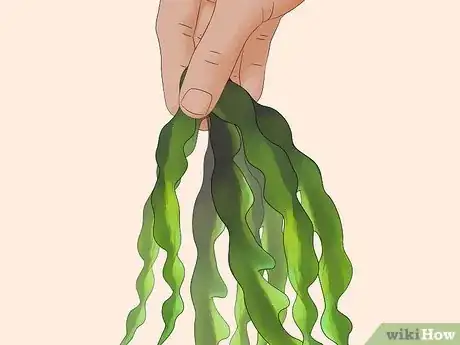
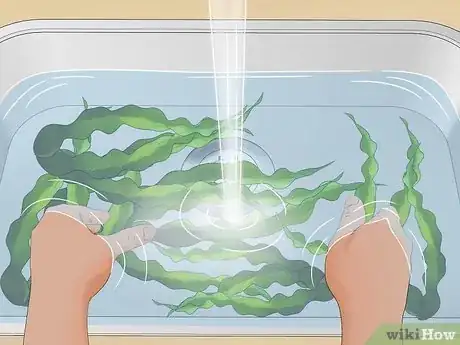
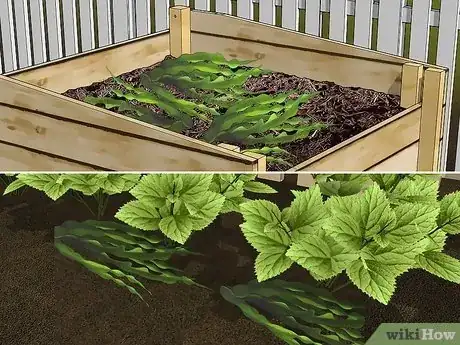
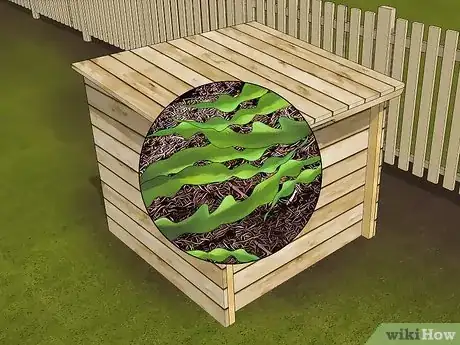
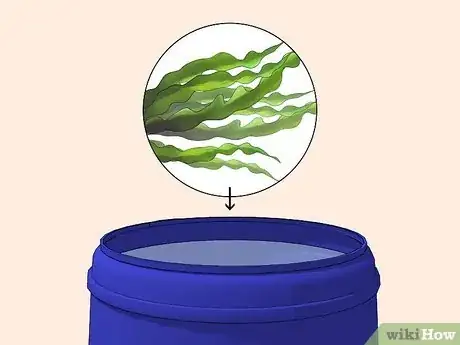
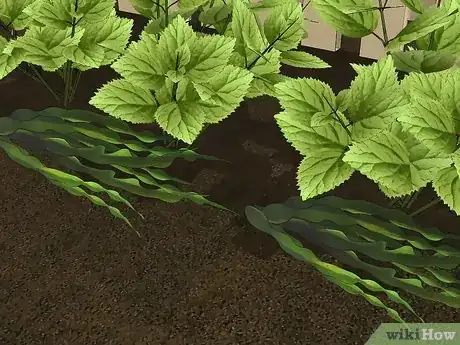
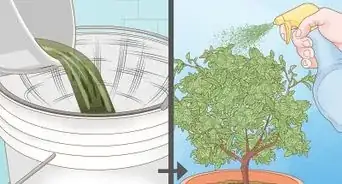
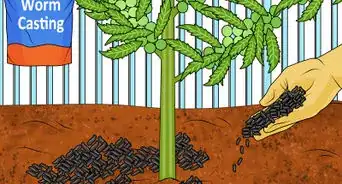
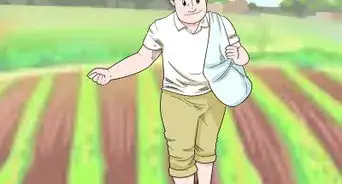

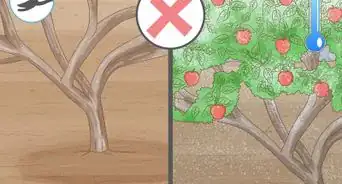
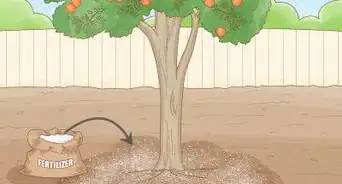

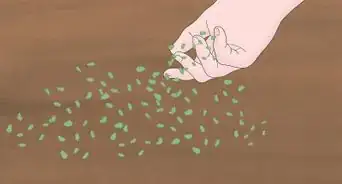
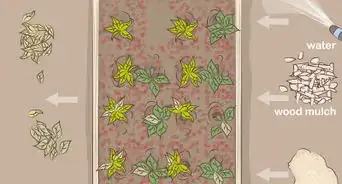
-Step-10-Version-3.webp)


